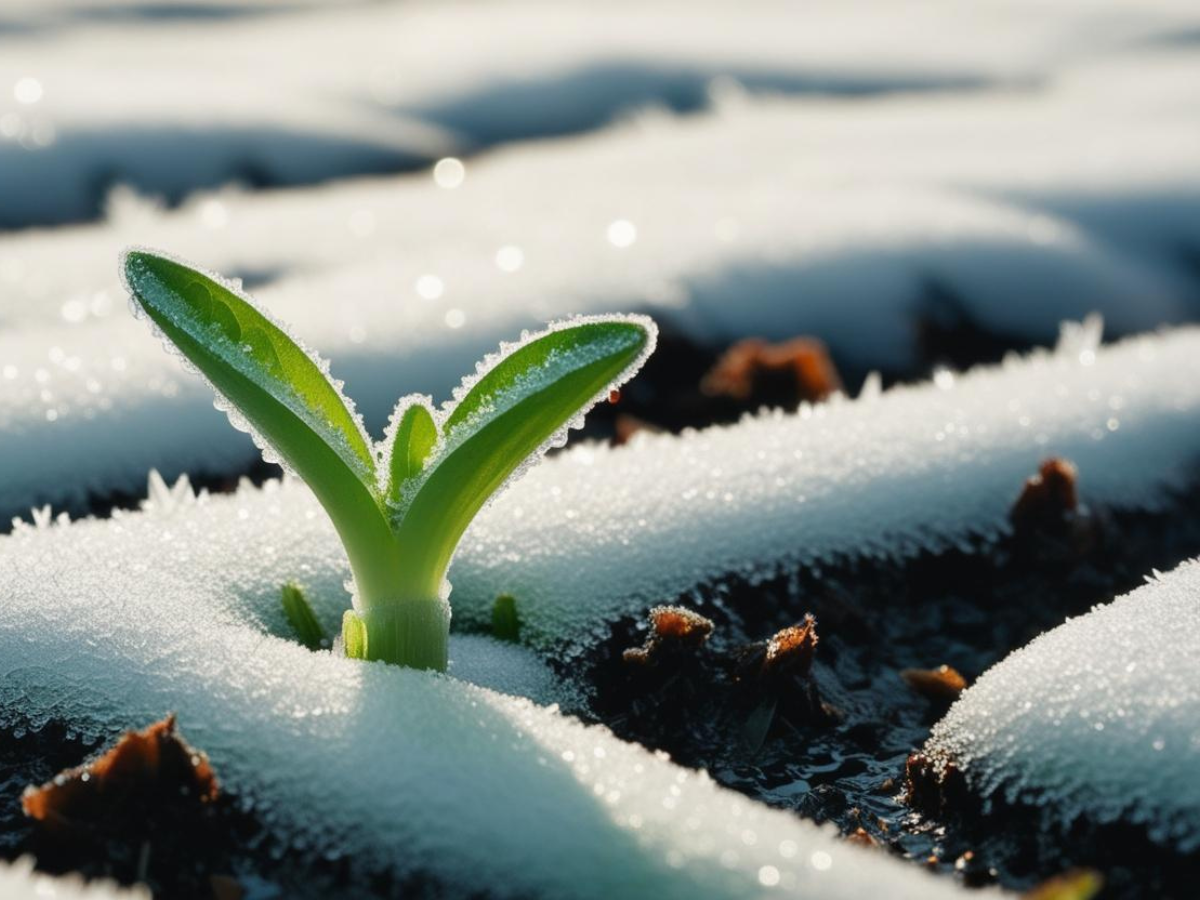- Apr 2, 2025
The Slow Emergence of Spring: Embracing Renewal in Our Ecosystems
- Jim Woodell at Venn Collaborative
- 0 comments
A couple of years ago, we moved back to New England, and one of the things I immediately appreciated was the noticeable shift between seasons. But I had forgotten how slow those shifts can be—especially from winter to spring. I love noticing the signs: a longer stretch of daylight, plant shoots pushing through frozen soil. Some days, it’s great to savor the anticipation. Other days, I’m impatient with the waiting. Spring here doesn’t just arrive—it emerges, hesitantly and unevenly, like it’s not quite sure it’s time.
That slow unfurling has made me more mindful. It’s taught me that spring isn’t something that just happens—it’s earned. It reminds me that renewal isn’t always about sudden bursts of growth, but about making space, letting go, and patiently watching for signs of life. I’ve been thinking a lot lately about what it means to bring that kind of renewal mindset to the work we do in ecosystems—especially entrepreneurial, innovation, and knowledge ecosystems tied to higher education and regional vitality.

A Renewal Mindset for Ecosystem Builders
A renewal mindset doesn’t mean starting over. It means noticing what’s been dormant. It means creating conditions for energy to return—sometimes in familiar ways, sometimes in entirely new ones. It means paying attention to where the system feels stuck or tired, and inviting breath, movement, and light.
Our ecosystems are complex, human-centered systems. And like people, they go through seasons. There are moments of building, of thriving, and of course, of decline or rest. Renewal is what connects those moments. It’s what keeps the system alive and adaptive.
Three Practices for Ecosystem Renewal
If you, like me, are feeling the tug of spring and want to bring a little of that energy into your ecosystem work, here are three small but powerful practices to try:
1. Listen for Dormancy
What or who has gone quiet? Are there partners you haven’t heard from in a while? Projects that stalled out? Topics that were once central but have slipped off the agenda? Renewal starts with noticing. Reach out. Re-engage. Ask open-ended questions. See what’s ready to return—maybe in a different form.
2. Make a Micro-Shift
Renewal doesn’t require a complete redesign. Often, the smallest shifts create the most energy. Try switching up how you start meetings. Hand the mic to someone new. Pose a different question to the group. Small experiments can spark big ideas.
3. Celebrate Early Blooms
In the natural world, spring begins long before the trees are full and the air is warm. The same is true in ecosystems. A new partnership forming. A moment of real trust in a conversation. A student who stays involved past graduation. These are early blooms. Notice them. Name them. Celebrate them as signs that growth is underway. Look for the buds that foretell growth.
An Invitation
Spring is a reminder that change doesn’t have to be dramatic to be real. Systems, like seasons, take time. Sometimes, the most generative thing we can do is pause and pay attention.
So as the snow melts (please), and the light shifts just a bit each evening, I invite you to look for the signs of renewal in your ecosystem. And if they’re not there yet, don’t worry. Sometimes, the work is just to clear the ground and wait.